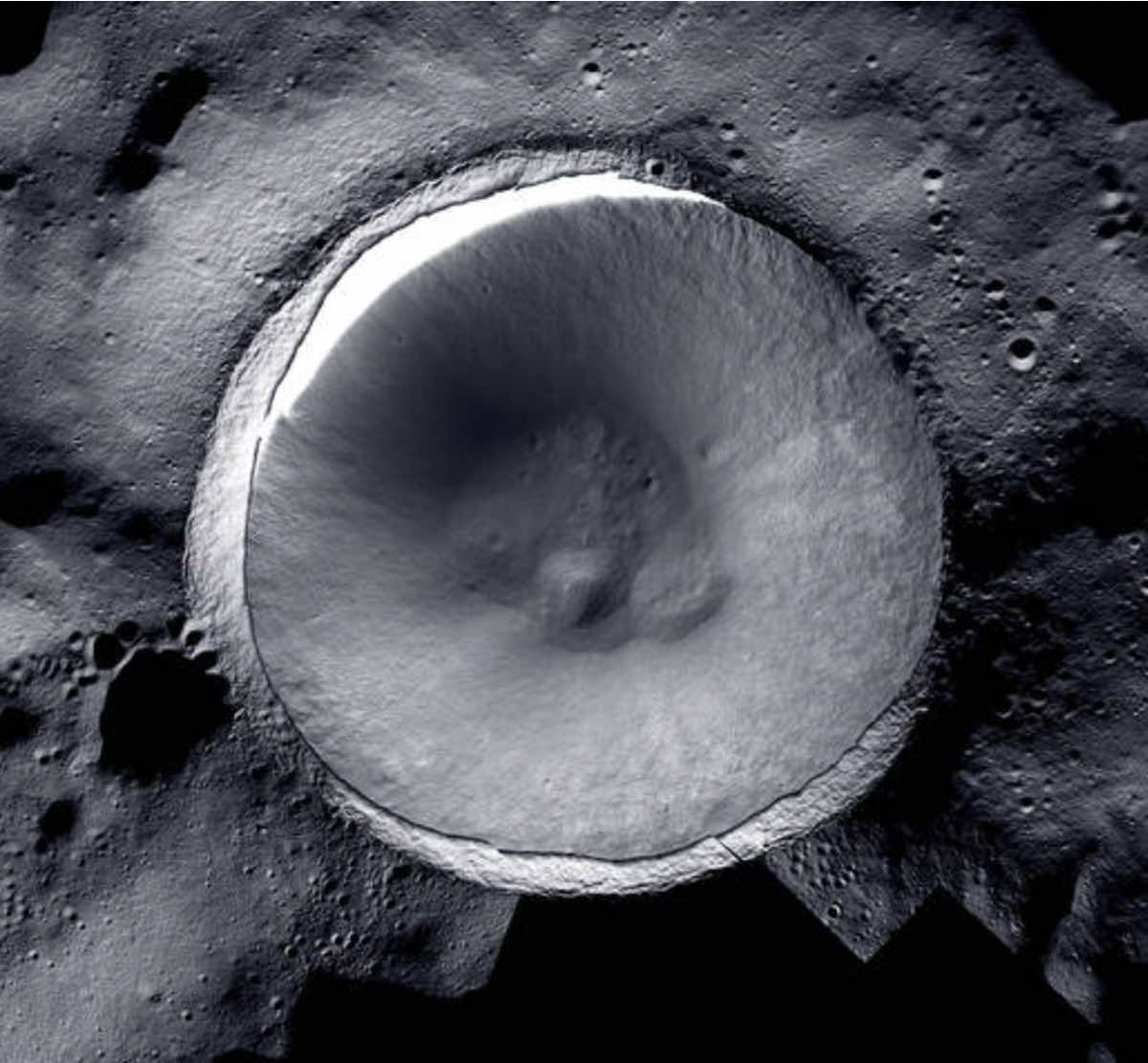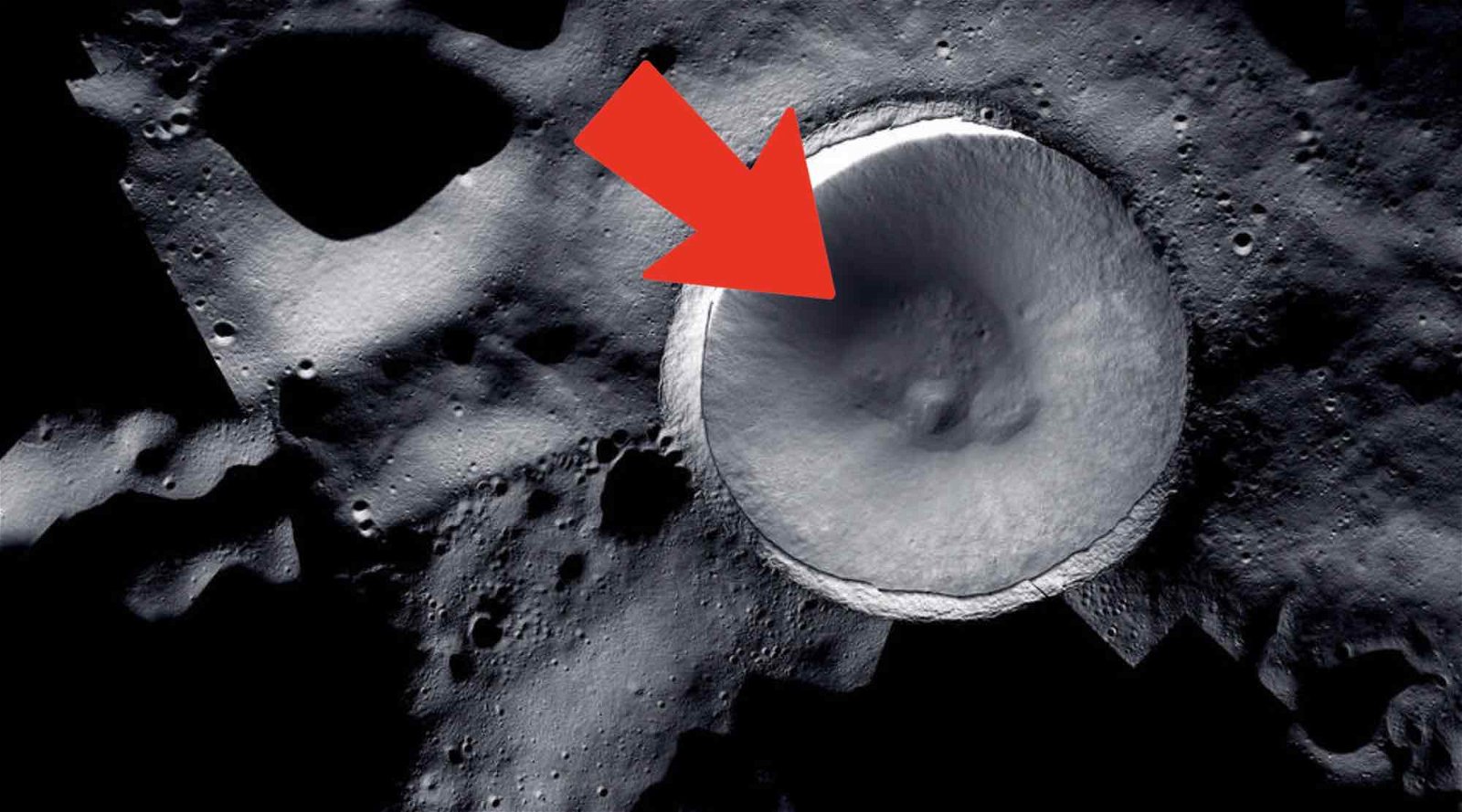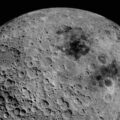Bathed in constant darkness at the Moon’s South Pole, the enigmatic Shackleton crater has remained a subject of intense scientific interest—and controversy—for decades.
Named after Antarctic explorer Ernest Shackleton, although the 12-mile radius of the crater’s outer rim sees almost constant light from the Sun, the two-mile deep interior resting at the precise location of the geographic south pole of the Moon remains in shadow, including the 650-foot-tall peak at its center.
The unending shadow of Shackleton crater is caused by the Moon’s axis, which is tilted at just 1.5°, compared to the 23.5° axis of planet Earth. Likely formed by a 1.5-kilometer impactor in the distant lunar past, craters like Shackleton on the Moon’s south pole are unique because they form “cold traps” due to the constant darkness they receive.
Within this constant blanket of shadow, scientists think the Moon may also be hiding some of its most intriguing secrets.
Mystery at the Moon’s South Pole
Long a point of fascination and intrigue for scientists, some of the darkened regions of the lunar south pole have remained in constant shadow for billions of years, giving rise to the cold traps where temperatures plummet to below -410°F.
These frozen regions within the darkened craters on the Moon’s south pole may preserve a veritable fossil record of water ice, hydrogen, and other components that could be crucial for future Moon missions, but also to our understanding of the Moon’s formation.
Given its unique location and the likelihood that frozen water and other remnants from the past may be hiding within its darkened interior, Shackleton is now a candidate landing site for NASA’s Artemis III mission.
Although humans may finally observe the interior of the crater in the near future during such missions, its darkened appearance and location at the Moon’s southern extremity have made past attempts to observe it challenging. Shackleton’s dark interior is hard to see with Earth-based telescopes, and attempts to photograph it during the 1960s with the Lunar Orbiter series also provided limited results.
Now, with help from combined imagery obtained with a pair of lunar orbiting cameras, the enigma of Shackleton Crater and its neighboring mysteries at the Moon’s south pole have been revealed in remarkable detail.
A Tale of Two Lunar Orbiting Cameras
NASA has revealed a new mosaic created with imagery from the Lunar Reconnaissance Orbiter Camera (LROC) and the ShadowCam, a NASA space camera launched in August of 2022 aboard the Danuri spacecraft by the Korea Aerospace Research Institute (KARI).
Although the LROC faces similar hurdles when it comes to photographing the shadowed portions of the lunar south pole, ShadowCam, as its name suggests, possesses 200 times the light sensitivity of the LROC. Built for NASA by Malin Space Science Systems and Arizona State University, ShadowCam is capable of producing imagery in very low-light conditions by collecting sunlight reflected off geologic features on the Moon, or even light reflected from Earth, to tease out features on the lunar surface that remain bathed in constant shadow.
With its unique capabilities, ShadowCam succeeded in obtaining imagery that, for the first time, reveals details about the terrain and features within darkened areas like Shackleton crater that quite literally have never seen the light of day.


Because of the instrument’s sensitivity to light, ShadowCam is unable to capture imagery from portions of the Moon’s south pole illuminated by sunlight. This is no problem for the LROC, which by providing imagery later combined with ShadowCam’s images revealing the Moon’s darkest areas, allowed for the creation of comprehensive mosaics that reveal both the light and darkened areas of the lunar south pole in unprecedented detail.
Mapping the Moon’s South Pole for Future Exploration
ShadowCam’s contributions to the new imagery allow the darkest areas of the mysterious Shackleton crater to be seen in vivid detail, revealing geologic features of its interior floor and walls that have never been shown before.
Going forward, NASA hopes to assemble an even more comprehensive map of the Moon’s south pole, which may greatly benefit future surface explorations during the Artemis missions, as well as the Volatiles Investigating Polar Exploration Rover (VIPER), during which humans will not only return to the Moon but will work to establish a long-term presence there for ongoing scientific research.
Although scientific discovery will inevitably await during those missions, thanks to the imagery collected by the LROC and ShadowCam, NASA already has a much clearer idea of what may be hiding at the Moon’s south pole in some of its darkest regions. You can view the new combined imagery here, and for a deeper look into Shackleton crater, check out some of ShadowCam’s incredible imagery that NASA has made available here.
Micah Hanks is the Editor-in-Chief and Co-Founder of The Debrief. He can be reached by email at micah@thedebrief.org. Follow his work at micahhanks.com and on Twitter: @MicahHanks.

